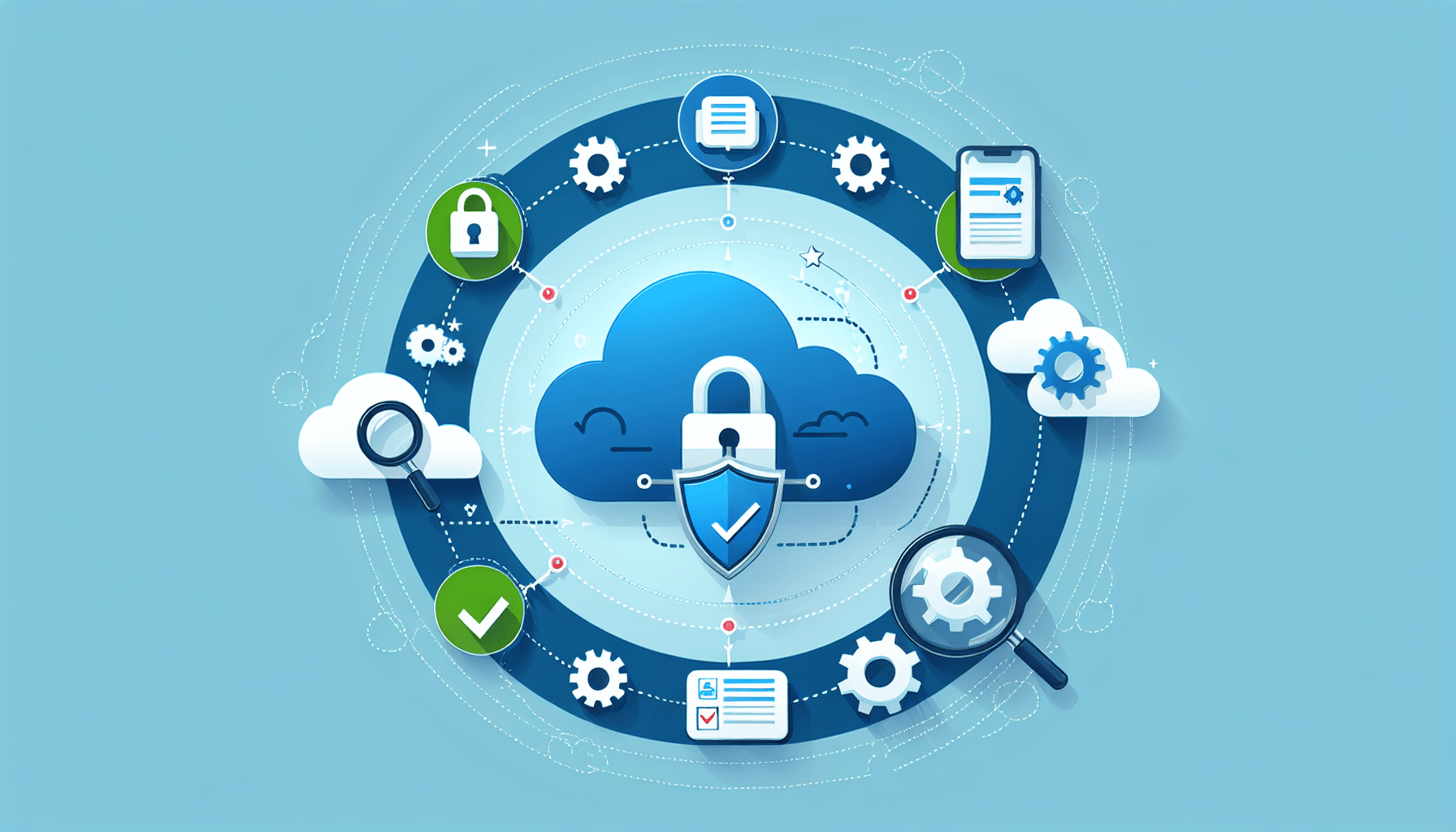In today’s rapidly evolving digital landscape, cloud security assessments are becoming increasingly crucial to safeguarding sensitive data and infrastructure. As organizations continue to shift towards the cloud, staying ahead of emerging trends and technologies is paramount in maintaining a secure environment. In this article, you will explore the latest trends shaping the future of cloud security assessments and learn how to effectively navigate this complex landscape to protect your assets.
The Future Of Cloud Security Assessments: Trends To Watch
Have you ever wondered what the future holds for cloud security assessments? With the rapid advancements in technology and the increasing reliance on cloud services, it’s crucial to stay ahead of the curve when it comes to protecting your data and systems. In this article, we’ll explore the latest trends in cloud security assessments and how they can help you safeguard your organization’s valuable assets.
The Rise of Multi-Cloud Environments
One of the most prominent trends in cloud security assessments is the rise of multi-cloud environments. As organizations continue to adopt cloud services from multiple providers, managing security across different platforms has become a significant challenge. Assessing the security of each cloud environment independently is no longer sufficient, as threats can easily propagate between interconnected systems.
By utilizing comprehensive security tools that can span across various cloud platforms, organizations can gain better visibility into their entire infrastructure and identify potential vulnerabilities more effectively. Implementing a unified approach to cloud security assessments in a multi-cloud environment can help streamline security processes and ensure consistent protection across all cloud services.
Embracing Zero Trust Security Models
In the past, traditional security models relied on the assumption that everything inside the corporate network was inherently trustworthy. However, with the increasing number of remote and mobile users accessing cloud resources from various locations, the perimeter-based security approach is no longer sufficient to protect against modern threats.
Zero Trust security models operate on the principle of “never trust, always verify,” requiring continuous authentication and authorization for users and devices attempting to access cloud resources. By implementing Zero Trust principles in cloud security assessments, organizations can significantly reduce the risk of insider threats and unauthorized access to sensitive data.

Addressing Compliance and Regulatory Requirements
With the growing number of data protection regulations and compliance standards, organizations are under increasing pressure to ensure that their cloud security measures meet legal requirements. Conducting regular security assessments is essential for identifying areas of non-compliance and implementing necessary changes to mitigate risks effectively.
By conducting thorough assessments that align with specific compliance frameworks, organizations can demonstrate their commitment to data protection and regulatory compliance. Adhering to industry-specific standards and regulations not only helps organizations avoid costly fines but also enhances their reputation as trustworthy custodians of sensitive information.
Leveraging Artificial Intelligence and Machine Learning
Artificial intelligence (AI) and machine learning (ML) technologies have revolutionized the field of cybersecurity, enabling organizations to detect and respond to threats with unprecedented speed and accuracy. By incorporating AI and ML algorithms into cloud security assessments, organizations can identify suspicious patterns and anomalies in real-time, enabling proactive threat mitigation.
AI-powered security solutions can analyze vast amounts of data to detect potential threats and predict future attack vectors, providing organizations with valuable insights into their security posture. By leveraging the power of AI and ML in cloud security assessments, organizations can stay one step ahead of cybercriminals and protect their cloud assets more effectively.

Ensuring Continuous Security Monitoring
In today’s dynamic threat landscape, security assessments must go beyond periodic evaluations and embrace continuous monitoring to detect and respond to security incidents in real-time. By implementing automated security monitoring tools that provide instant alerts on suspicious activities, organizations can proactively defend against emerging threats and prevent potential data breaches.
Continuous security monitoring allows organizations to identify vulnerabilities, misconfigurations, and unauthorized access attempts promptly, enabling them to take immediate action to mitigate risks. By integrating real-time monitoring capabilities into cloud security assessments, organizations can enhance their incident response capabilities and minimize the impact of security incidents on their operations.
Collaborating with Trusted Security Partners
As the complexity of cloud environments continues to grow, organizations may find it challenging to keep pace with evolving security threats and best practices. Collaborating with trusted security partners can provide organizations with access to specialized expertise and resources to enhance their cloud security assessments.
Security partners can offer valuable insights into the latest cyber threats, industry regulations, and security trends, helping organizations stay ahead of potential risks. By partnering with experienced security professionals, organizations can augment their internal security capabilities and ensure comprehensive protection for their cloud infrastructure.
Conclusion
In conclusion, the future of cloud security assessments is evolving rapidly to meet the challenges of an increasingly complex and interconnected digital landscape. By embracing trends such as multi-cloud environments, Zero Trust security models, compliance and regulatory requirements, AI and ML technologies, continuous security monitoring, and collaboration with trusted security partners, organizations can enhance their cloud security posture and protect their valuable assets from cyber threats.
Stay informed about the latest trends in cloud security assessments and keep your organization’s data safe in the cloud. By staying ahead of the curve and implementing best practices in cloud security assessments, you can ensure a secure and resilient infrastructure that can withstand even the most sophisticated cyber attacks.



